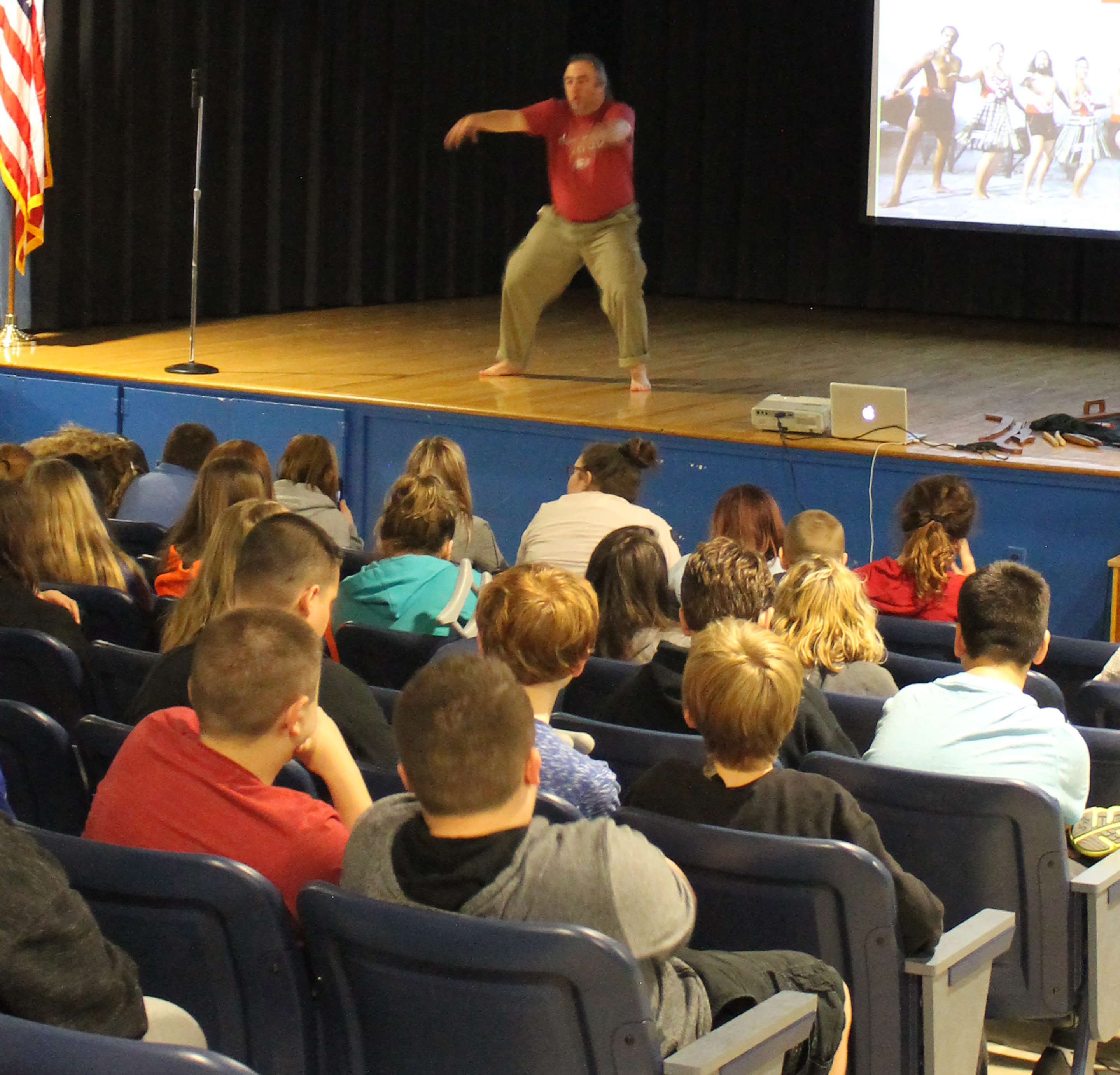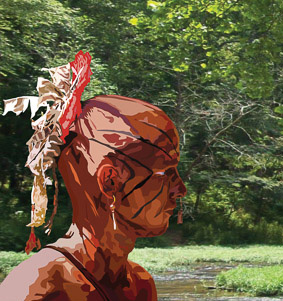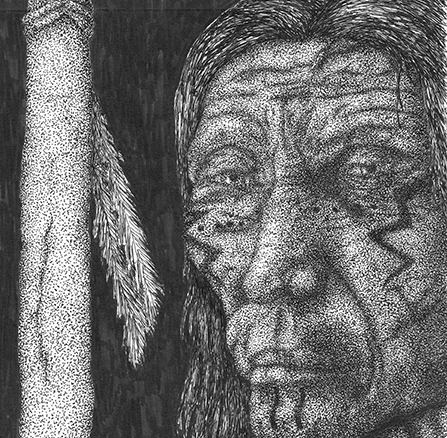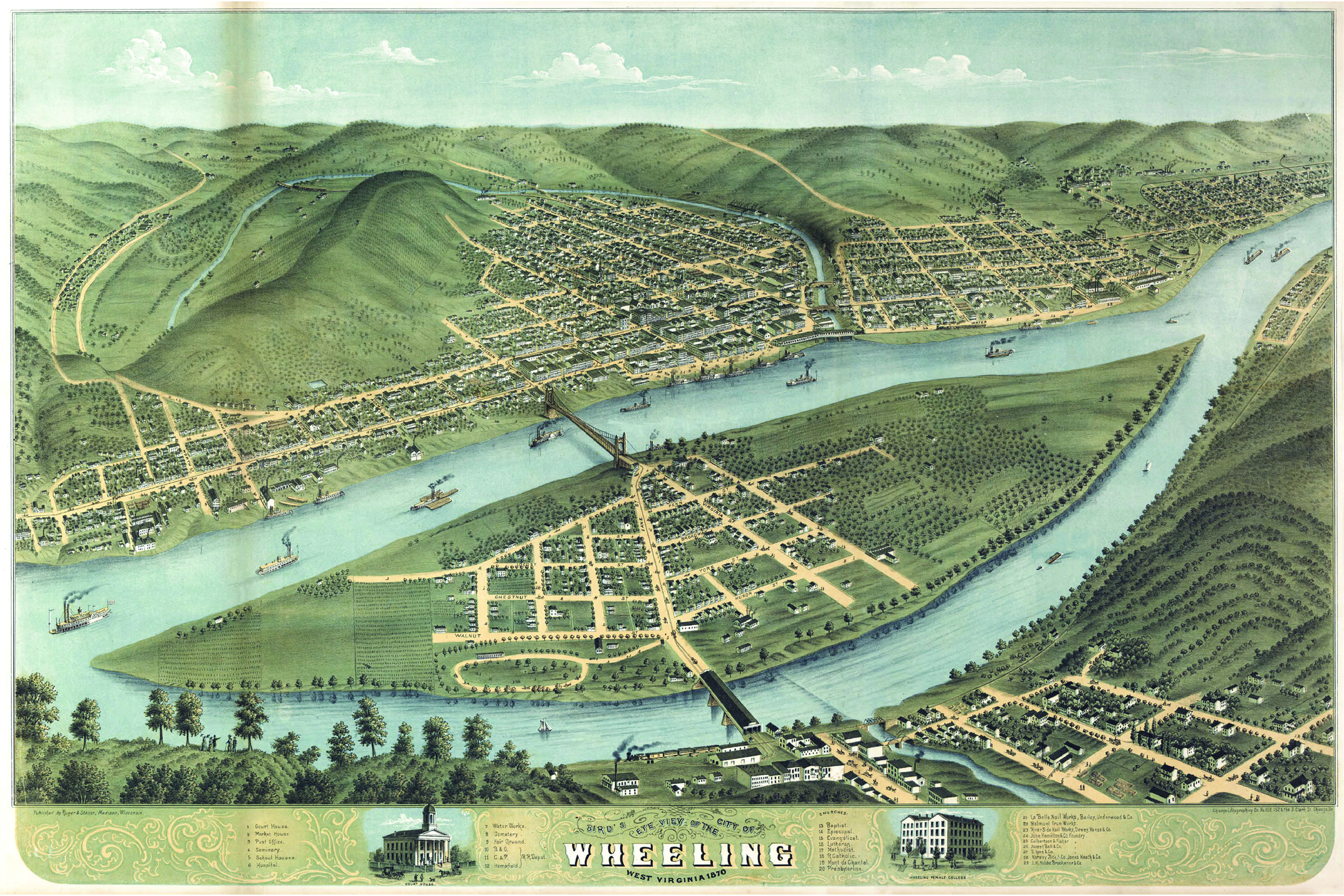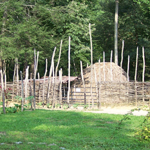What Tribes were in West Virginia?
This may be one of the most common questions I get when I talk about my research. It sadly shows how limited most people’s education has been about indigenous peoples in North America or the world in general. The depth of indigenous history in the Appalachian Mountains has begun to become more publicly available but remains a major hole in our educational expectations. So, here’s how I normally answer this unwittingly loaded question.
While we talk about tribes in the twenty-first century, this is not a very useful term when discussing indigenous people before 1700 CE/AD. Our understanding of the social structures of indigenous peoples is limited for the periods before Europeans arrived. One thing we do know is that the highly stratified and rigid social structures Europeans expected and view their world through did not exist in the central Appalachian Mountains. The societies were egalitarian and relatively small centered around farming and alliances with nearby villages.
The center of indigenous life, across most of time and space, focused on the family and village polity. In the central Appalachian Mountains, villages contained people from so many ethnic origins, Siouans, Algonquians, Iroquoians, and isolate groups we don’t know in the present. Large scale political interactions, “tribes” per se, were not well formed until the advent of widespread religious organizations during the Adena and Hopewell periods (800 BCE/BC-500CE/AD). As permanent occupation and sedentary lifestyles became the norm, the relationships between villages became formal alliances and even some became confederacies like the Iroquois became during the 1300s. The rise of the Fort Ancient tradition around 500 CE/AD coincided with increased population supported by maize, beans and squas . People travelled much farther for new trade items like Gulf Coast conch shells, strong flint, and even metal. Alliances were developed as systematic and common warfare led to population consolidation into bigger villages (castles) with large agricultural footprints.
We typically identify peoples by looking at the cultural features present in archaeological sites. This data can sometimes be connected to known language groups and from that to likely modern “tribes.” In the case of WV, the multi-ethnic history of the state makes this nearly impossible, not to mention uninformative. There were three main language groups represented in the region. Most surprisingly, academic researchers have theorized that the Siouan languages may have originated in the Appalachian Mountains. This is supported by the oral traditions of many modern Siouan speakers and the work of many eighteenth and nineteenth century linguists and historians. In addition, there are the early forms of the Shawnee especially in the westernmost valleys along with other Algonquian speaking peoples. Lastly, Iroquoian speaking peoples, like the ancestors of the Seneca and Cherokee, had a strong and increasing presence before 1700. While some Iroquoian speakers married into the region’s villages, war parties of Iroquois and Cherokee crisscrossed central Appalachia. If you would like more information on this process check out my dissertation, Maopewa iati bi!
This brings us up to the 1700s. The story of indigenous “tribes” in West Virginia after 1700 is a story for another time and the next novel. Suffice to say this: There always were, are, and will continue to be Native Americans from many nations in central Appalachia.
